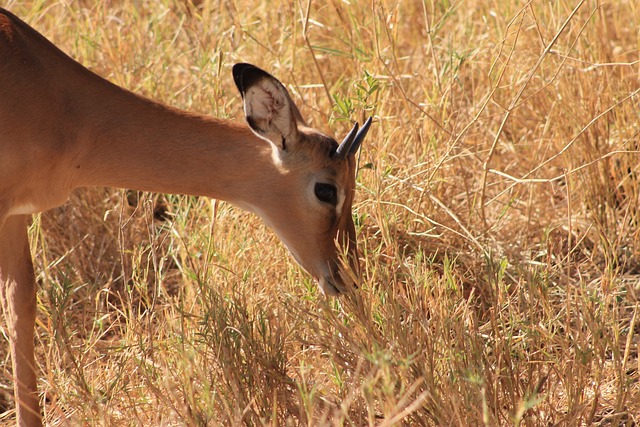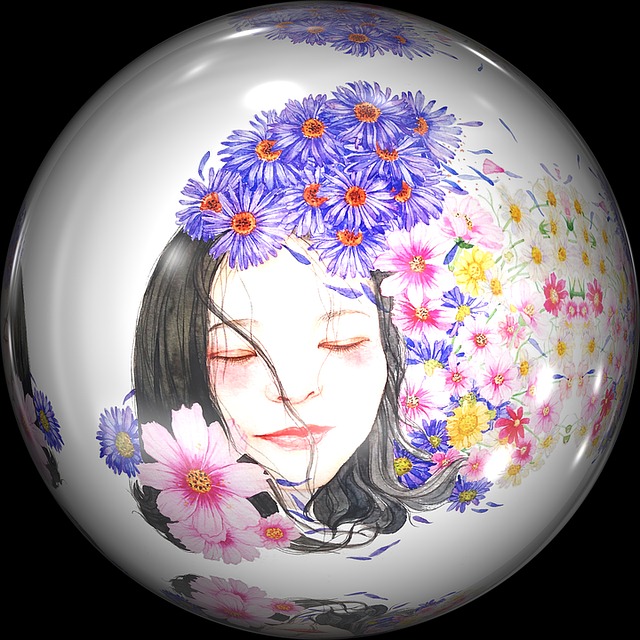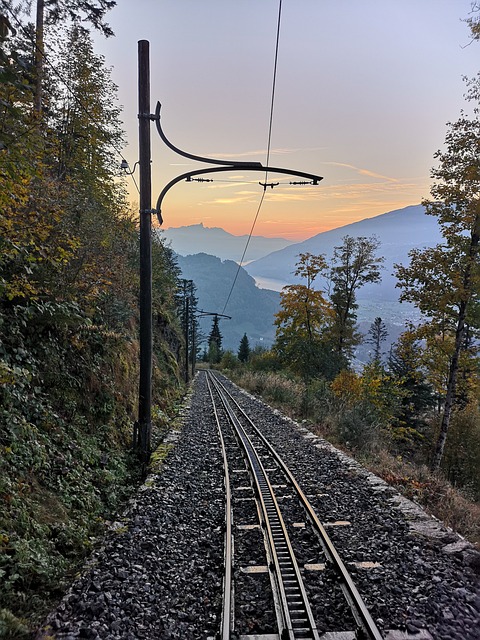flames vector ✨ The Dance of Flames: A Vivid Exploration of Fire's Vectorial Charm

The Dance of Flames: A Vivid Exploration of Fire's Vectorial Charmflames vector
In the intricate tapestry of nature, few elements evoke as much fascination and duality as fire. It is a force that can both forge and destroy, illuminate and obscure, inspire and intimidate. As we delve into the concept of flames as a vector, we embark on a journey that reveals not only the scientific underpinnings of fire but also its cultural and emotional significance across various domains.
Flames, at their core, are the manifestation of chemical reactions, primarily combustion, where fuel meets oxygen in a vibrant display of energy. This phenomenon, often perceived as chaotic and wild, actually follows a surprisingly ordered set of principles governed by physics and chemistry. The interplay of heat, fuel, and oxidizer results in a colorful ballet of flame vectors that dance through the air, each movement and flicker telling a story of transformation and energy release.
From a scientific perspective, the beauty of flames lies in their vectorial nature—each flame is an intricate flow of energy and matter. The temperature, fuel type, and environmental conditions shape the flames’ characteristics, leading to an array of colors and shapes. Blue flames indicate complete combustion, while yellow and orange flames suggest incomplete combustion, producing the characteristic glow that evokes warmth and comfort. This understanding of flames as vectors opens a window into the underlying principles of thermodynamics and fluid dynamics, making it a captivating subject for both scientists and enthusiasts alike.
Yet beyond their scientific allure, flames have woven themselves into the cultural fabric of human history. Fire has served as a beacon of civilization, its flickering light guiding wanderers and providing warmth in the darkest of nights. Ancient rituals often centered around fire, symbolizing purification, transformation, and the cyclical nature of life and death. In many cultures, flames represent hope and renewal, a theme echoed in literature, art, and mythology.flames vector

Consider the metaphor of flames as vectors of change in personal narratives. Many individuals can recount moments where fire has played a pivotal role in their lives—be it a cozy gathering around a fireplace, a campfire under the stars, or the fiery passion that ignites one’s aspirations. These experiences form a tapestry of emotions, where flames symbolize the highs and lows of human experience. The warmth of a fire can evoke feelings of safety and community, while the destructive power of uncontrolled flames serves as a cautionary tale of nature’s unpredictability.
In contemporary culture, the fascination with flames continues to flourish. The art of fire manipulation has gained popularity, with performers captivating audiences through mesmerizing displays of flame twirling and fire breathing. This modern interpretation of flames as vectors combines artistic expression with the thrill of danger, pushing the boundaries of creativity and physical prowess. In this context, fire becomes more than just a natural phenomenon; it transforms into a medium through which artists convey emotion, evoke curiosity, and challenge societal norms.
Moreover, the vectorial nature of flames extends into the realms of technology and innovation. Engineers and designers draw inspiration from the dynamics of fire to create more efficient combustion systems, eco-friendly fuels, and even energy generation methods that harness the power of flames. The constant pursuit of understanding and mastering flames leads to advancements that not only enhance our quality of life but also promote sustainability and environmental stewardship.
Yet, as we celebrate the many dimensions of flames, it is crucial to acknowledge the responsibility that comes with managing this powerful element. Wildfires, often exacerbated by climate change and human activity, serve as stark reminders of fire’s potential for destruction. The need for awareness and proactive measures to prevent and mitigate such disasters has never been more pressing. In this regard, understanding flames as vectors can inform better strategies for fire management and conservation efforts, ensuring that future generations can continue to enjoy the beauty and benefits of fire without succumbing to its dangers.
As we reflect on the multifaceted nature of flames, it becomes clear that they are not merely destructive forces but rather dynamic vectors of energy and inspiration. They encapsulate the essence of life’s complexities, revealing the interplay between creation and destruction, warmth and danger. From the scientific intricacies of combustion to the cultural narratives that fire inspires, flames invite us to embrace their duality with a sense of wonder and respect. flames vector

In a world that often seeks clarity in the midst of chaos, the dance of flames reminds us of the beauty found in the unpredictable. As we gather around the hearth, share stories illuminated by flickering flames, or marvel at the artistry of fire performers, we are reminded that within the heart of the flame lies a vector of life itself—vibrant, unpredictable, and full of potential.
Fale conosco. Envie dúvidas, críticas ou sugestões para a nossa equipe através dos contatos abaixo:
Telefone: 0086-10-8805-0795
Email: portuguese@9099.com


